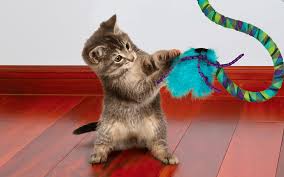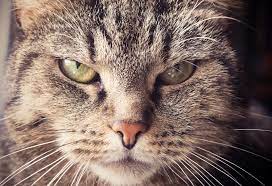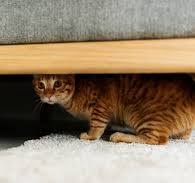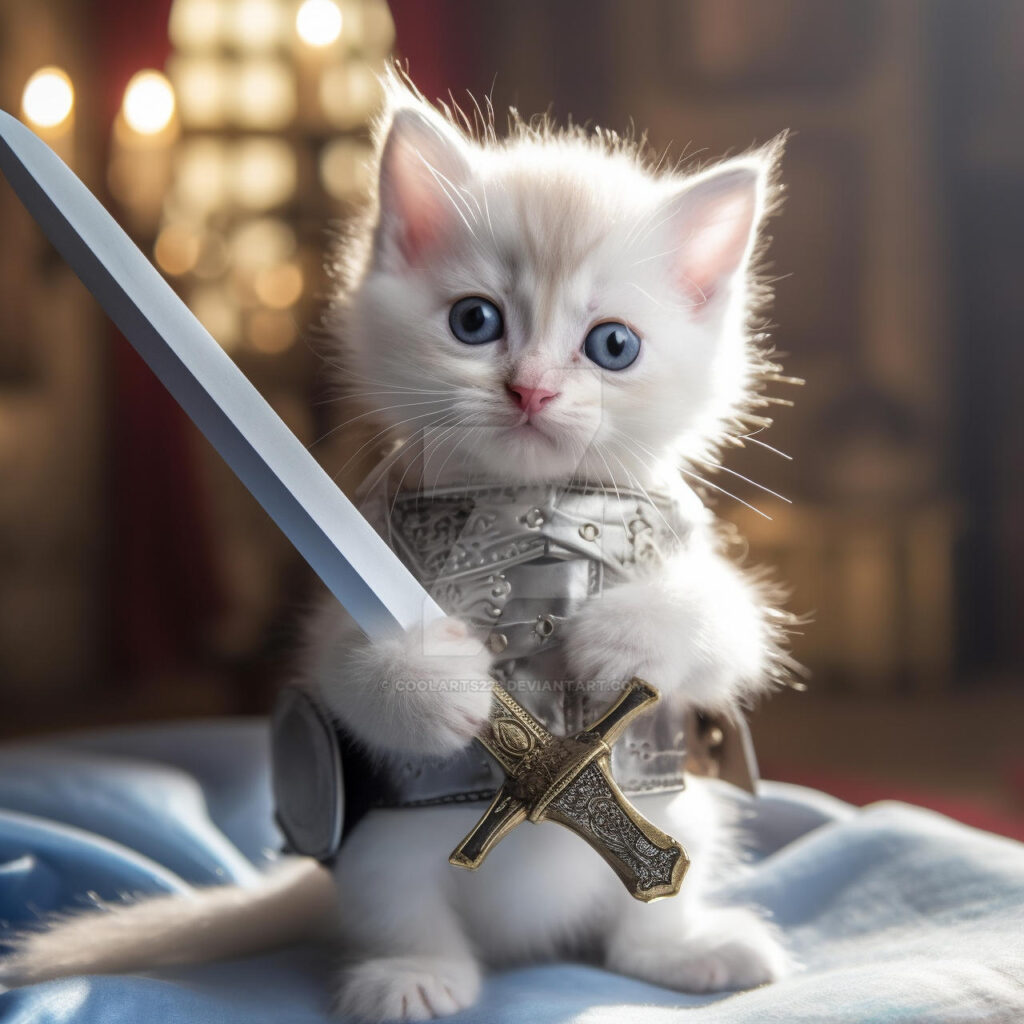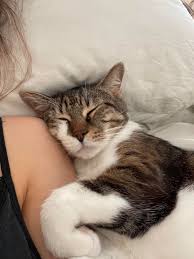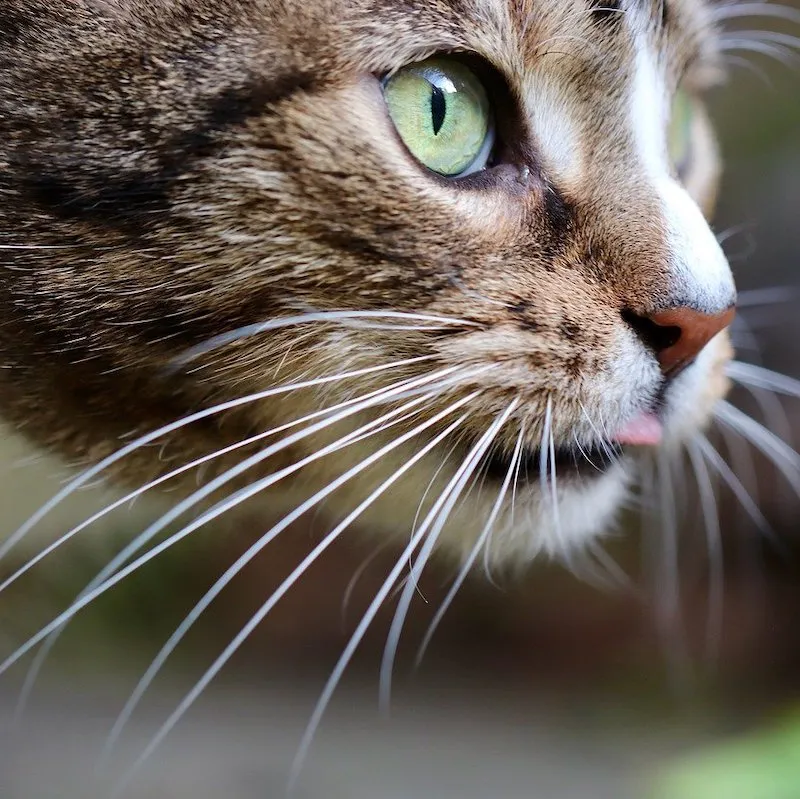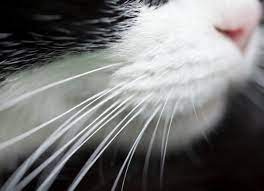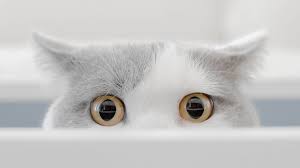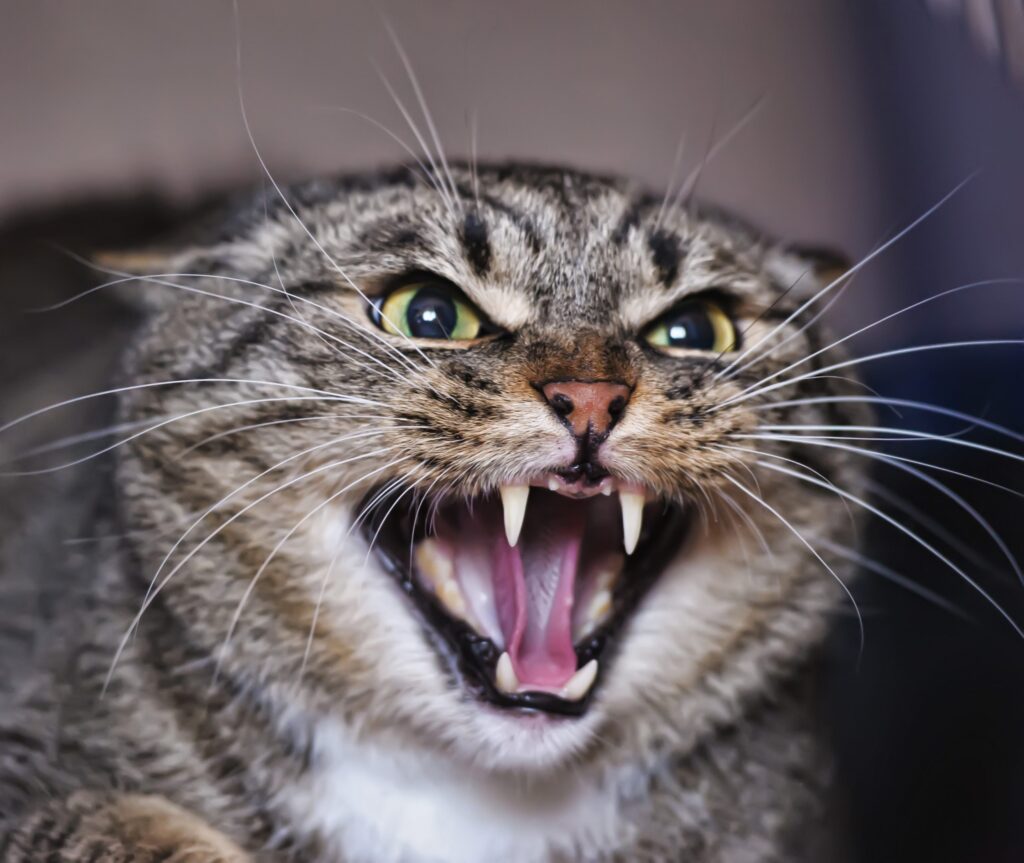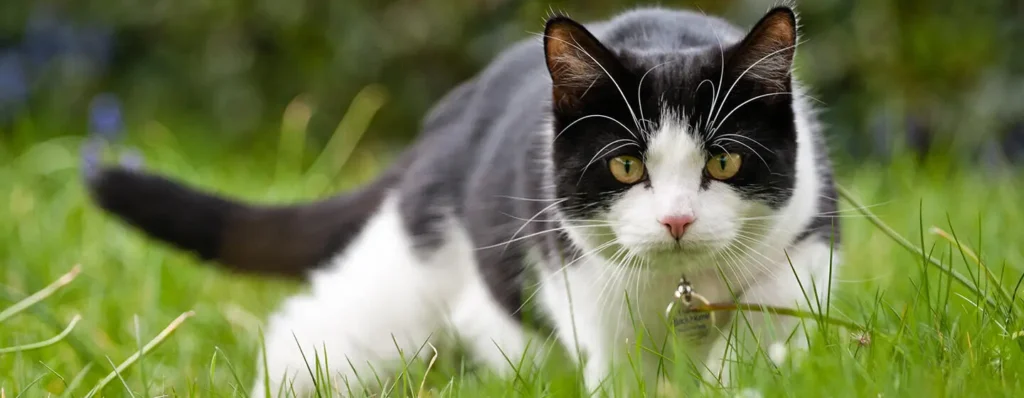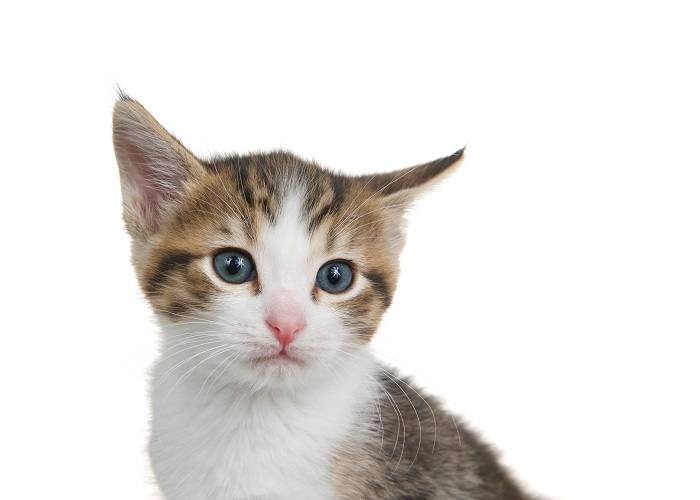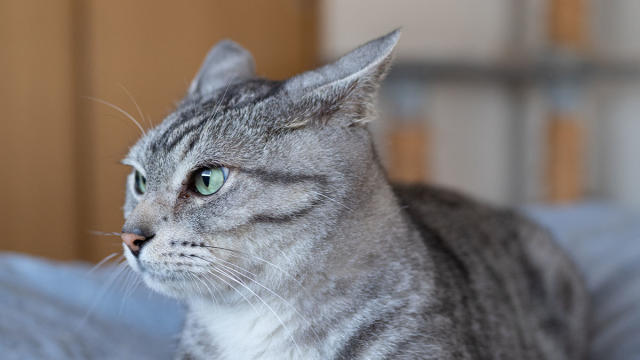You have a loving relationship with your sweet kitty, why not increase the love and offer home to another cat or kitten? Then they could have a friend to play and cuddle with! Suddenly your sweet and relaxed kitty is angry, hissing, and chasing the new cat and possibly even not using the litter box! What happened there? Is it possible to add another cat to your household peacefully so everyone gets along? And what about when two cats who previously did get along suddenly don’t?
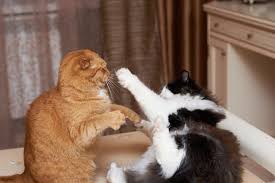
With time and proper introductions, or reintroductions (for the former companions), cats can learn to peacefully get along. Domestic cats are social and do benefit from companions, but it does require a delicate process to help them start off on the right paw. Cats do not work things out on their own, as can be a common belief.
In the case of cats who used to like each other, but suddenly changed, it may take some detective work to discover the cause of the rift. It could be a matter of something that scared one or both of them and that fear was displaced onto the other cat. It could be an internal difficulty, emotional or physical, with one cat causing her to not feel good and just needing more space. It could be a need to change the environment to accommodate the changing social needs of younger cats as they grow. Maybe one cat had to leave the house for a while and now that she is back, they don’t seem to recognize each other. There are lots of scenarios that might cause cats to go from companions to combatants. In order to have a successful reintroduction it may take a veterinary visit and some work to discover, if possible, the cause of the difficulties. Without removing the problem a reintroduction will not change anything.
Successful introductions require patience and plenty of time. Rushing it could cause things to go backwards and become more difficult. Here are some tips for introducing cats to each other in a safe and happy way.
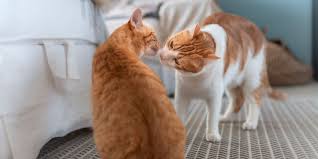
What we are going to do here is desensitization, gradually exposing each cat to the other starting with scent. And counterconditioning, which is pairing something positive such as play or treats with the other cat creating a positive association between them.
- Start before bringing the new cat home, or to separate companions who are having a difficult time. Set up a safe room with all the things a cat needs to keep him comfortable; 2 litter boxes, food and water, a place to hide, a place to climb or play, and new toys. The litter boxes, food, and water should be placed as far apart from each other as possible.
- Cat’s inhabit a very olfactory world, so first introductions should be through scent. Use a soft sock (a clean one of yours will have your scent also) on your hand and gently rub one cat, particularly the cheeks and head where his calming pheromones are, just like you are petting him. Place that sock in the area of the other cat and place some treats near the sock. Do this process again in reverse with another sock for the other cat. Repeat the process of adding fresh scent for a few days to make sure no one is reacting to the socks.
- Create a group scent through allogrooming and allorubbing, or hugging and kissing for cats. Allogrooming and allorubbing are how cats share scent with each other to create a group scent. Only here you are going to be using a soft brush or sock to share scent between cats. Again add in the treats to keep the positive connection to the other cat’s scent. Be cautious and slow here, if anyone reacts to the other’s scent, back up a little and give them more time.
- Once they are used to each other’s scent, trade places with them for a little time, giving them each a chance to explore the other cat’s “territory”.
- Gradually introduce them through sight next. Start by feeding them on opposite sides of the door. Once they are relaxed, add in feeding them on opposite sides of a barrier they can see through, such as a baby gate. You may have to start with them quite a ways away from the barrier at first and then gradually move them closer until they are eating in a relaxed way in close proximity. Again, if there is any stress by either cat, there is no harm in backing up a few steps and giving them more time. Eventually, you can remove the barrier and let the cats eat near each other with supervision.
- From here it is a good idea to always supervise interactions for a time, but allow the cats to be loose together. While you are not able to supervise, I would suggest keeping them separate until you are confident they are able to manage together.
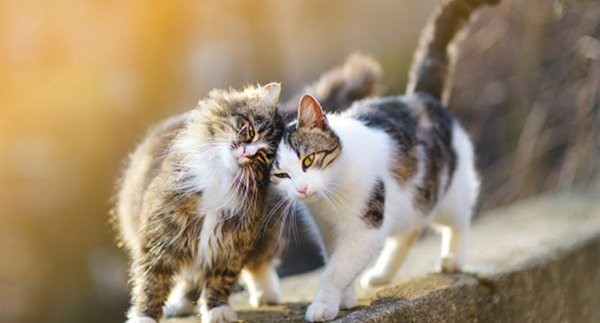
While this seems like a lengthy process, and it really is, it is worth the peace in the household you will have. Some cats will never become best friends, but they can learn to live comfortably together without conflict.




